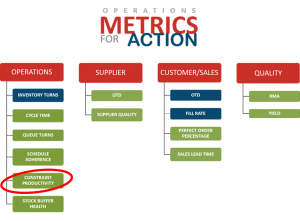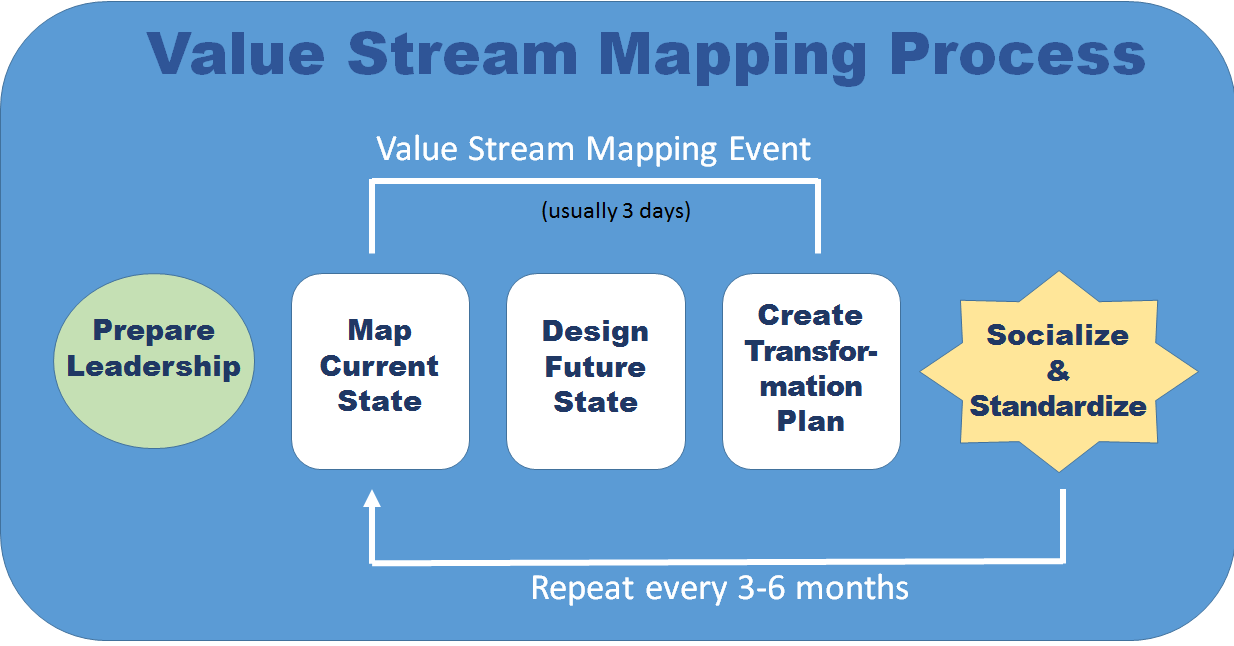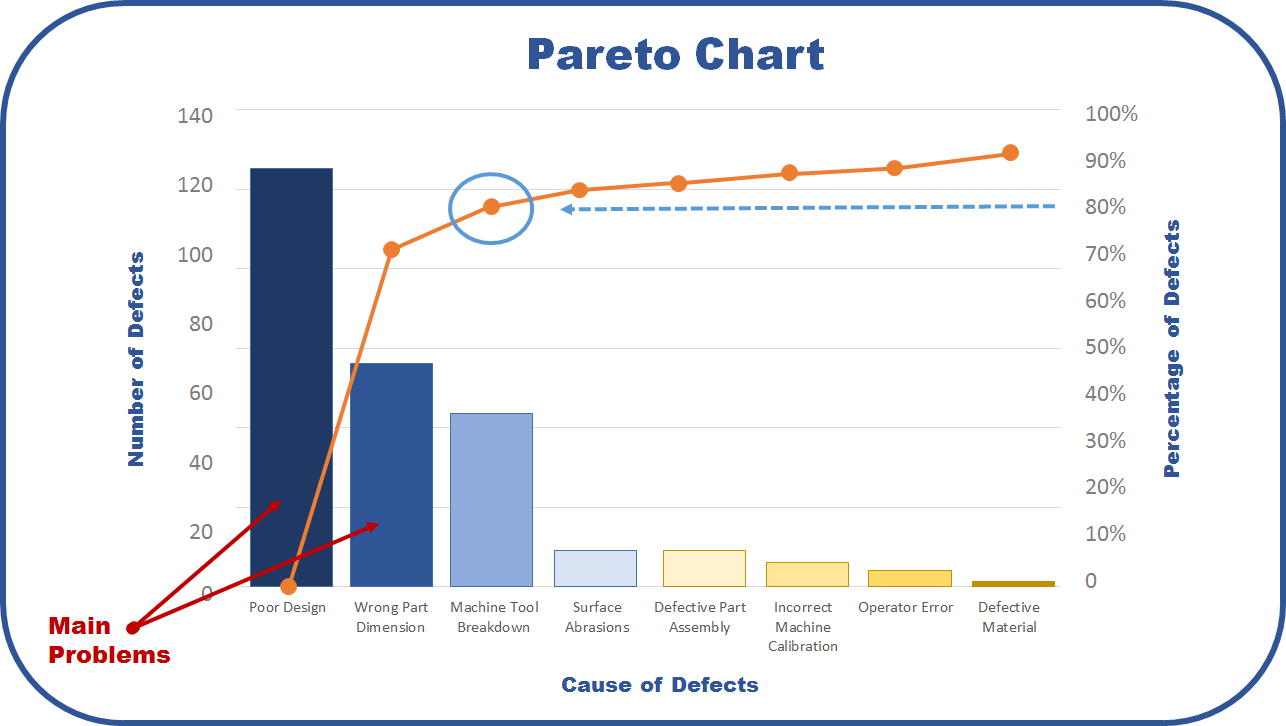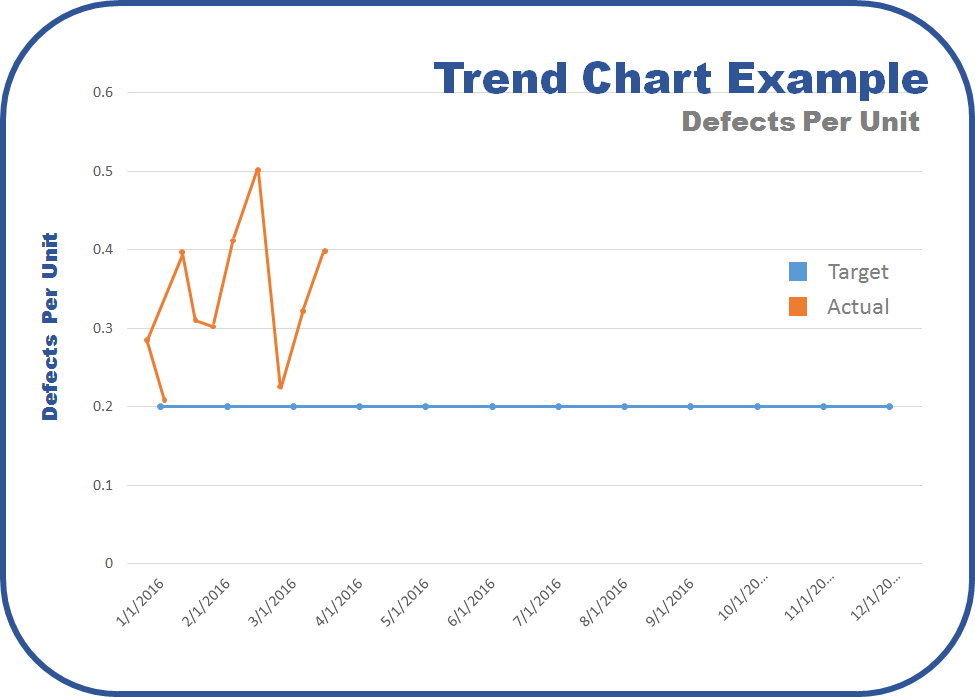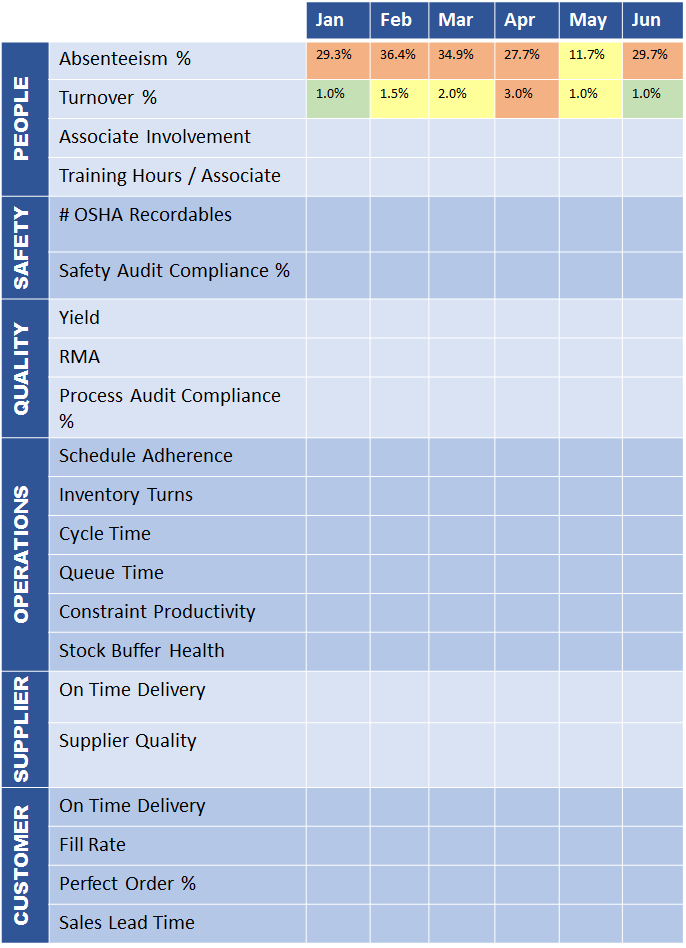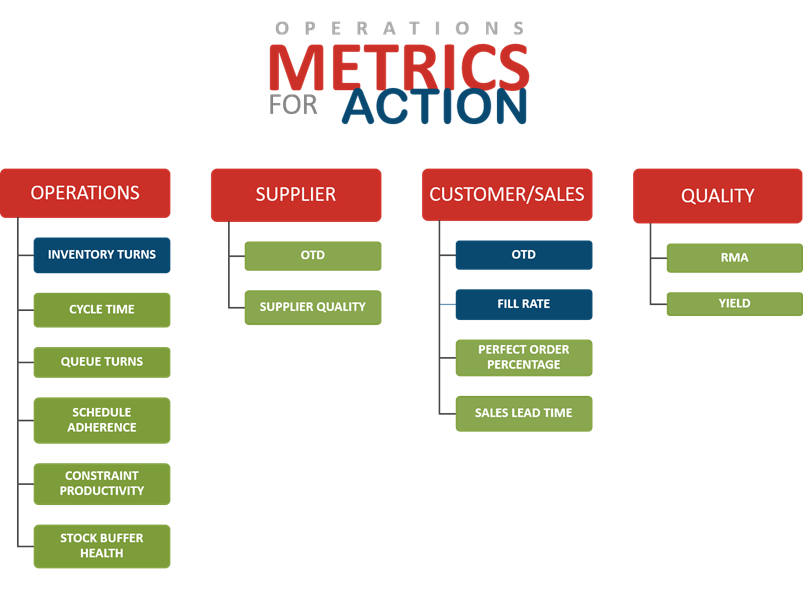 The decorations. The music. The food. The holiday season is a time of cheer and goodwill for many people. Nevertheless, there are two groups who may find each other especially trying this time of year: sales and production. That’s because this isn’t just the holiday season; it’s also the end of the fiscal year for many organizations. While everyone else has visions of sugarplums dancing in their heads, sales has a vision of only one thing: making quota.
The decorations. The music. The food. The holiday season is a time of cheer and goodwill for many people. Nevertheless, there are two groups who may find each other especially trying this time of year: sales and production. That’s because this isn’t just the holiday season; it’s also the end of the fiscal year for many organizations. While everyone else has visions of sugarplums dancing in their heads, sales has a vision of only one thing: making quota.
‘Tis the Season
It’s common knowledge that not every salesperson reaches their quota, but what you may not know is that that’s by design. Sales management theory suggests that 60 to 70% of people making quota is about right. Higher than that and you’ve set quotas too low.
Unfortunately, sales managers don’t always care about sales management theory. Their compensation is based off making their collective quota. If only 60% of their people make quota, they probably won’t be taking that extended family vacation this year. The actual number of reps hitting quota in most organizations is closer to 50%, which puts even more pressure on sales managers and their direct reports. In the heat of the moment, salespeople often make promises, such as faster delivery dates, without having all the information.
Demand-Driven Manufacturing Puts the “Happy” Back in the New Year
When I talk with salespeople, many of them tell me they don’t like the end of year situation any more than their counterparts in production. The problem is that everything happens so quickly, the customer is playing hardball (buyers know they have the upper hand this time of year), and the rep needs to close the business.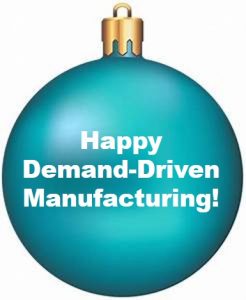
It’s time to break out of the vicious cycle that happens every December and often enough throughout the year as well. To do so, we need to look at the underlying causes – not counting the tremendous pressure on sales to make quota, which we’ve already covered and isn’t going to change. Instead, we’ll focus on what’s in our control:
- Many ERP manufacturing systems only consider material availability, not available capacity.
- Sales doesn’t have visibility into what’s possible.
- Adjusting production schedules to accommodate orders is time-consuming and often creates more problems than it solves.

SyncManufacturingTM can solve these challenges. The software’s Capable-to-Promise Date (CTPD) functionality looks not only at material availability, but also at capacity. What-if analyses can be performed to determine realistic delivery dates, given the current production load. This helps sales avoid the mistake of over-promising, and it gives them an advantage. They don’t have to turn away business that they could accept if only they had visibility into what was possible.
It’s worth noting that this frees up production planners as well. They’re no longer responding to urgent requests from sales asking for shorter delivery times or readjusting schedules to accommodate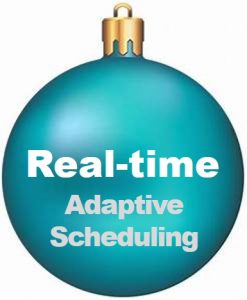 sales already made. When an order is accepted, the scheduling engine in SyncManufacturing automatically adjusts the production schedule, improving asset utilization and minimizing lead times for all orders.
sales already made. When an order is accepted, the scheduling engine in SyncManufacturing automatically adjusts the production schedule, improving asset utilization and minimizing lead times for all orders.
Sales and Production are just two groups that benefit from applying Demand-Driven Manufacturing principles. If you’d like to learn more about the enterprise-wide benefits, download: The Enterprise-wide Impact of Synchronized Planning, Scheduling, and Production Execution.








